|
 |
|
 |
 |
|
Guitarmaking Over the Years
|
 |
 |
 |
I have been making guitars for over 40 years.
In my early days, I made just about every type of guitar imaginable.
For the last 30 years, I have focused solely on classical and flamenco guitars.
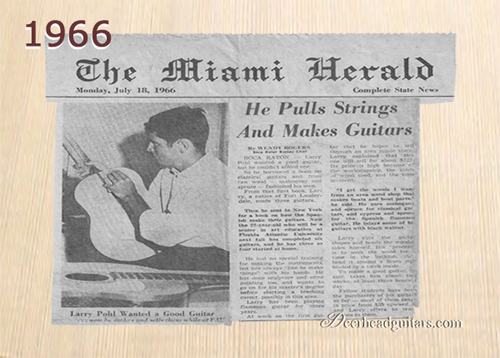
|
 |
 |
 |
I started making guitar-like instruments in the 1960's while studying for my Master's degree- just to make them.
I built some of my first woodworking machines completely by hand.
At that time, each guitar cost just $35 to produce.
There were people who would pay to own them, so I sold them at-cost.
I remember using the family bathtub to soak the wood, and while I did that nobody could take a bath.
|
 |
 |
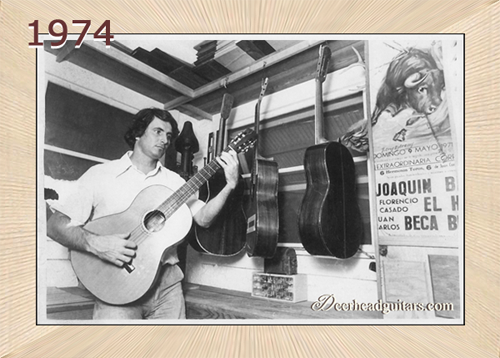
|
 |
 |
Later, in Florida, I would visit small cabinet, woodworking, and boat-making shops where I was always made welcome.
I was still very young, yet the owners would let me pick through their scrap wood and show me certain woodworking procedures.
I would bring my completed projects back to show them, and they would grin from ear to ear.
Exotic hardwood distributors in South Florida would allow me to move hundreds of large Brazilian rosewood timbers until I found what I wanted.
Before leaving, I would always make certain to stack the wood neater than I found it.
That way, I knew I would be welcomed back.
|
 |
 |
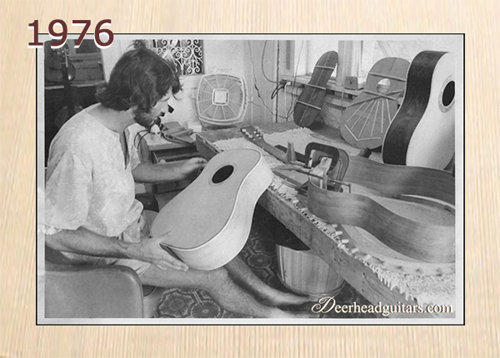
|
 |
 |
On my forays to Key West, I would meet with Cuban cigar makers who not only taught me about Cuban food, but also the wood they used for their cigar boxes.
The Cuban or Spanish cedar they used was extremely difficult to find in those days, but not today.
|
 |
 |
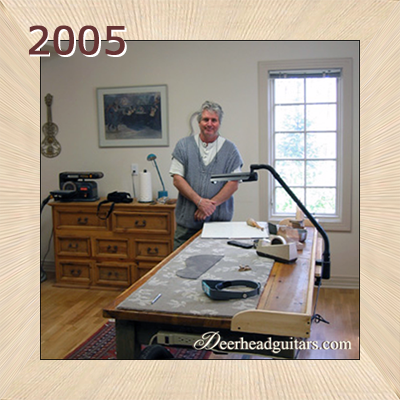
|
 |
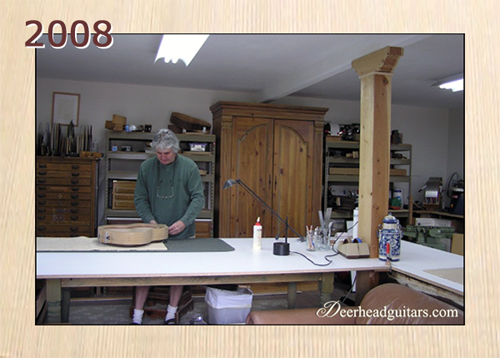
|
 |
 |
My guitar design and construction process has evolved over the years, and continues to develop on a daily basis.
Today, crafting from my state-of-the-art workshop in Palm Coast, Florida, I use both modern and traditional methods.
|
 |
 |
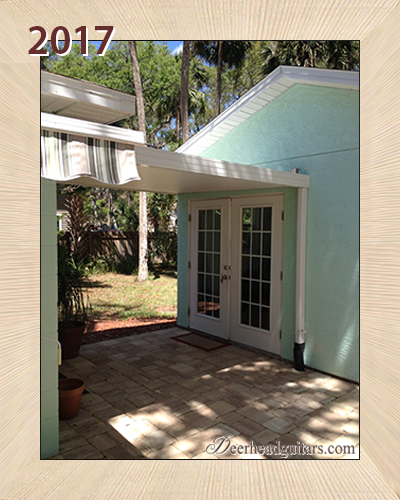
|
 |
 |
Along the way, I have contributed two innovations to the art of guitar making.
The first was in the 70's when I designed and built a five-stringed acoustic bass, featuring a revolutionary fretless fingerboard, for the famed guitarist,
Jaco Pastorius.
|
 |
 |
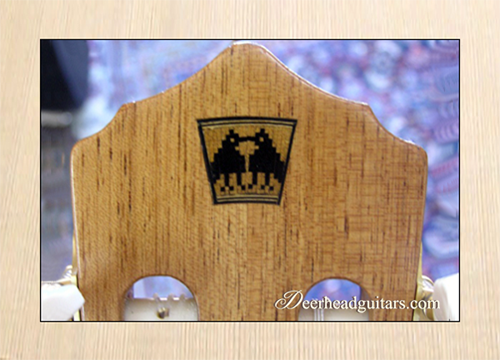
|
 |
 |
Unlike a standard fingerboard, thin maple veneers were planed flat to the fingerboard in place of frets.
Next, 6 to 10 coats of a two-part clear epoxy were applied, each buffed and flattened between coats.
In this way, the wood fingerboard was protected from Jaco's aggressive attack of the strings.
A year later, this system was duplicated by well known guitar manufacturers and continues to be used today.
|
 |
 |
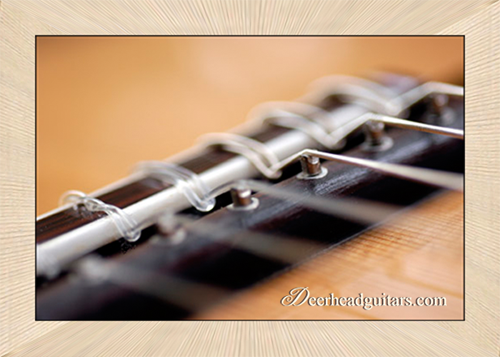
|
 |
 |
My second contribution is a recent refinement to the classical guitar bridge.
It is an accepted nuisance that humidity changes the string height from the fingerboard when guitars travel from one climate to another.
Traditionally, bone saddles or shims are used to adjust the strings back to the desired height.
To minimize this problem, I developed an adjustable pin bridge, featuring simple pin mechanisms consisting of screws and sleeves machined from case hardened stainless steel, then meticulously handset into the bridge, one for each string.
Each string's height can be easily adjusted by loosening the string and setting it to the side of the pin.
Then, with the use of a small tool, one complete turn of the pin, clock-wise or counter clock-wise, raises or lowers the string exactly .006 inches at the 12th fret.
|
 |
 |
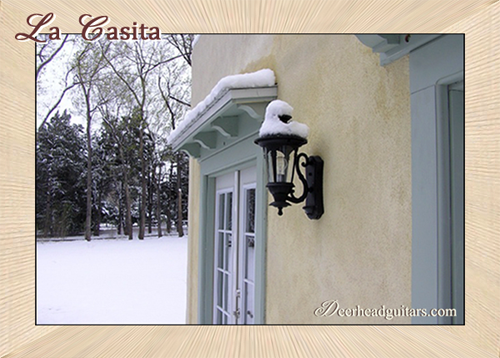
|
 |
 |
|
 |
 |
 |
|
 |
|
 |